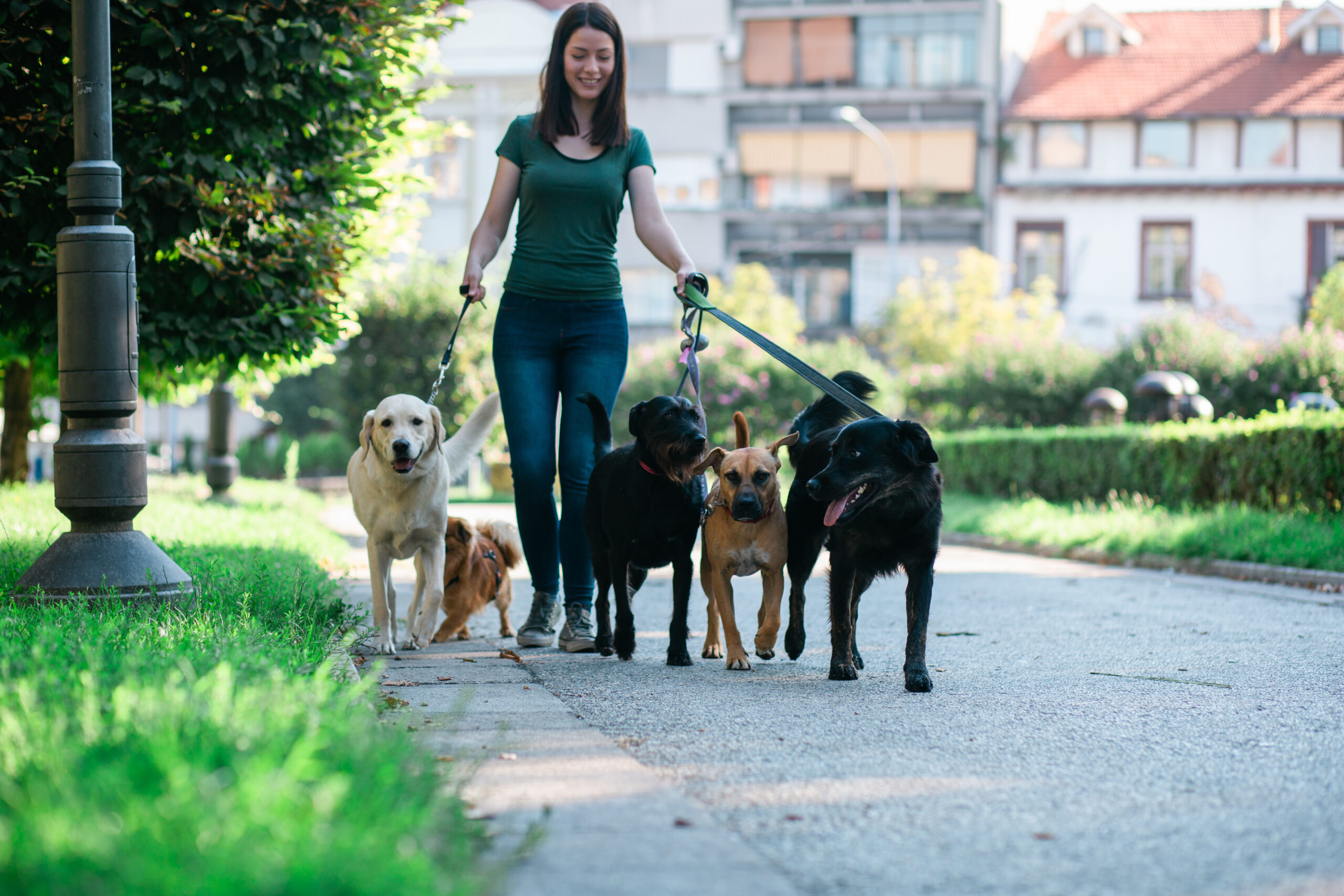If you’ve made it here, you’re probably very interested in egg donation, and taking your research seriously. That’s great – informed and prepared women make for the best egg donors.
Now let’s get to the topic that brought you here – consanguinity. What is it? How likely is it to happen? Could it lead to two half siblings entering into a romantic relationship together and having children? We answer all your questions in this blog. Let’s begin.
What is consanguinity?
If you look up the word ‘consanguinity’ online, you’ll see it means to come from the “same kinship as another person” or to be “descended from the same ancestor.” In simple terms, the word means to be related. For example, you have consanguinity with your biological brother, your biological mother, a biological cousin, a biological grandmother, etc. Anyone you are related to by blood (or genetic material, in other words) is someone with whom you are consanguineous.
How is consanguinity related to egg donation?
Notice how above, we stated that you share consanguinity with your biological brother, your biological mother, and other biological relatives? Well, 50 years ago, it was a given that brothers, mothers and relatives were biological – as in, related by blood. Today, with the spread in popularity of egg, sperm and embryo donation, and to a degree adoption, it’s not uncommon to find children that share only partial genetic material with the parents who raise them, or none at all.
For children conceived with donor egg or sperm, it is possible that child’s donor also donated to other families, and that child has unknown genetic connections, or, for lack of a better term, half-siblings in the world. Not only that, but many children, teens and adults born from donor sperm or egg are now making connections to those who share their genetic connections. Many of these connections happen online, on forums for donor-conceived people, where half-siblings are sometimes referred to as diblings.
This is the context in which consanguinity and egg donation are discussed.
Often, an egg donor – or an intended parent – will ask: what are the chances a baby born from donor egg will have unknown half-siblings? What are the chances they could meet one of those half-siblings? What are the chances they could fall in love with a half sibling? All these questions are related to consanguinity and egg donation.
So how common is consanguinity from egg donation?
Well, it depends. Mostly on how many times an egg donor chooses to donate her eggs.
The American Society for Reproductive Medicine (ASRM) wrote in a 2020 opinion that donors should only donate their eggs a maximum of six times in total due to health and safety concerns.
If an egg donor donates more than one time, or has children before or after donating eggs, consanguinity is a certainty. Many young donors who think they don’t want kids change their minds as they age. It is therefore important to understand that there is always an increased chance for donor conceived offspring and connections between half-siblings down the line.
In other words, if you’re a prospective donor or intended donor recipient wondering whether consanguinity is likely, the answer is yes, it’s very likely. It’s also likely children conceived from the same donor will want to meet in the future.
But that doesn’t mean it’s a bad thing (keep reading!)
Do the eggs from one donor cycle go to one family or more?
At Ovatures, and many other clinics, the eggs from one egg donor cycle (each time an egg donor donates her eggs is called a cycle) usually go to only one family. In about 5% of cases at Ovatures, eggs from one cycle can be split among two families. In the vast majority of cases at Ovatures, however, the eggs from one donor cycle will go to one family.
Let’s use a hypothetical example to illustrate. Let’s say we have a donor named Beth, who has one child named Robbie. Beth undergoes an egg donation cycle where she makes 20 eggs, all of which are donated to the same couple. That couple then makes embryos with those eggs and has three children. They name their children Ben, Sara and Finn, who are all half-siblings to Robbie.
Happy with the experience, Beth donates eggs again to another couple, who have one child named Samantha. Now, Samantha, Ben, Sara, Finn and Robbie are all half-siblings.
There are two more scenarios to consider, though, that could create more donor-conceived offspring – egg banks and embryo donation.
Egg banks
When donors donate eggs at an egg bank, the eggs from one cycle are split into two or three batches and sold separately to couples. Because of this, frozen egg banks have the potential to create more families and therefore a higher probability of more offspring.
Let’s get back to Beth to illustrate this point. She has donated twice at a clinic and now wants to donate a third time at an egg bank. This time, 24 eggs are retrieved. At the egg bank, those 24 eggs are divided into lots of six to eight eggs and frozen. Those lots are then sold separately, so three couples could get Beth’s eggs from the same cycle. If those eggs go on to become embryos and result in live births, Samantha, Robbie, Finn, Ben and Sara will have more half-siblings.
Embryo donation
When a couple receives donor eggs and uses those eggs to make embryos, they can donate unused embryos to other couples in need.
Let’s go back to the hypothetical example with Beth. Since Beth is young, and has good quality eggs, the chances are good that the 20 eggs she donated to Ben, Sara and Finn’s parents resulted in more than the three embryos that turned into Ben, Sara and Finn. Let’s say their parents have three more embryos made from Beth’s eggs, but since they are done having children, they want to donate them to another couple. At Ovatures, the rule is that donor-egg embryos can be donated to no more than two other families. So if those three embryos resulted in live births, that’s three more half-siblings for Sara, Finn, Ben, Samantha and Robbie.
Can egg donors donate to more than one clinic?
Yes, they can. As mentioned above, donors can donate a maximum of six times over the course of their lives, and those six cycles can happen at different clinics. At Ovatures, we encourage prospective donors to share the name and location where they have donated so Ovatures doctors can ensure their safety and comfort with medical protocols (for example, if your donation cycle at another clinic was ideal, our doctors would like to know that so they can mimic your cycle with Ovatures off your first cycle elsewhere).
What are the chances two half-siblings can fall in love and reproduce?
Put simply, with the rise in IVF, egg and sperm donation and consumer DNA platforms like 23andMe, Ancestry and others, the chance is quite low. While it’s possible, it’s not at all likely.
Though it’s likely that multiple half-siblings can live in the same city after multiple egg donor cycles in that city by the same donor, the chances of these half-siblings meeting and falling in love, and having their own children, is very low statistically. Of course, it depends on the population of the city, but in general, the chances are low.
In addition to statistically improbability, the first thing that makes that scenario unlikely is that most intended parents are told to talk openly with their donor egg children about their genetic heritage, the fact they were conceived with donor eggs, and that it’s likely they have some half-siblings out in the world – or even the same city – that they might run into.
The second thing that makes it unlikely is the availability of DNA platforms like 23andMe and Ancestry that link long lost family members with one another, making it very easy for donor conceived offspring to identify half-siblings and avoid romantic relationships with them.
The last thing that makes this very rare is the existence of online resources for donors, intended parents and egg and donor conceived children that aim to support this community and connect siblings and even donors who choose to lift their anonymity. These are websites like the Donor Sibling Registry, based in the U.S. and the Donor Conception Network, based in the U.K.
It might help to hear from ASRM when thinking about the risk of inadvertent consanguinity (or having children with someone you did not know you were related to). A 2020 ASRM opinion stated that yes, this risk is real if a donor has donated to two or more families “and the offspring are unaware of their specific genetic heritage.” That last bit is the key – there is a very good chance donor conceived children will not only be aware of their heritage, but likely even be in touch with half-siblings, and at the very least ask their romantic partners about their conception story.
That said, ASRM says that to limit the possibility of consanguineous conception, clinics should aim to cap the number of donor egg pregnancies at 25 within a geographical area of 800,000 people.
Are Ovatures egg donors and recipients counseled on consanguinity? What are they told?
When you meet with an Ovatures mental health professional to discuss the process, they will talk to you in depth about consanguinity and how it feels for you. From the donor’s perspective, they will ask your thoughts about having your generic material out in the world, especially if you already have kids or end up having kids later in life. As an intended parent, the conversation is similar – are you OK with having your children be related to other children that are not yours? How would you feel if they tried to connect with those other siblings? How would you feel if your child tried to find their donor? Our mental health team helps women process this information to see if donation and donor eggs are right for them.
Our team also helps recipients have open conversations with their future children and other family members on this topic. Recipients are strongly encouraged to have these conversations with their children, and encouraged tell their children about resources like 23andMe and Ancestry, so their children can, if they choose to, develop a sense of community with their half-siblings (who may reach out to them out of the blue) and avoid inadvertent consanguinity.
So what’s the bottom line?
Although consanguinity is an inevitability of donor sperm, donor eggs, and embryo donation, it doesn’t have to be scary for donors or a secret for recipients and donor-conceived children. The more open and honest donors are with themselves, recipients are with their children, and donor conceived children are with their friends and partners, the better.
In most cases, open dialogue diminishes fear – and in some cases, it even leads to big extended donor families that are not only tolerant of, but grateful for, their particular genetic equation.




